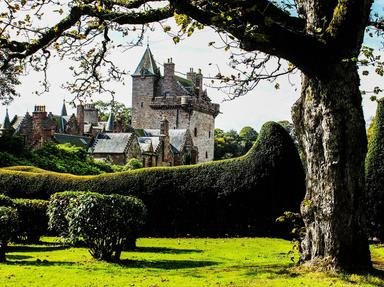Quiz Answer Key and Fun Facts
1. The '45 rebellion (1745) was the last serious attempt by the Stuart dynasty to regain the crown, but which king lost it?
2. The Jacobite rising was known as the '45, but in which year was the Battle of Culloden fought?
3. Charles Edward Stuart, known as Bonnie Prince Charlie, and his Jacobite army were defeated, but who was the commander-in-chief of the Hanoverian army?
4. What happened to Bonny Prince Charlie after the battle?
5. "Speed bonny boat like a bird on the wing" goes the song, but who escorted Bonnie Prince Charlie "o'er the sea to Skye"?
6. Bonnie Prince Charlie returned to Europe, but what happened to him?
7. Scotland suffered badly in the aftermath of the '45, but which church was persecuted as a result?
8. Several fortifications were built to guard against the Jacobites, before and after Culloden. Which of them guarded Inverness from the sea?
9. And where did the name 'Jacobite' come from?
10. What is on the site of the battle of Culloden today?
Source: Author
Radain
This quiz was reviewed by FunTrivia editor
bloomsby before going online.
Any errors found in FunTrivia content are routinely corrected through our feedback system.

